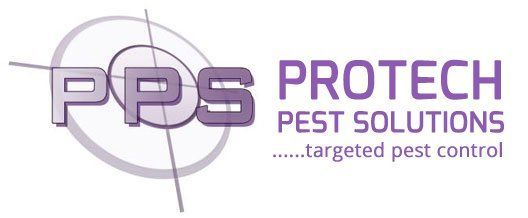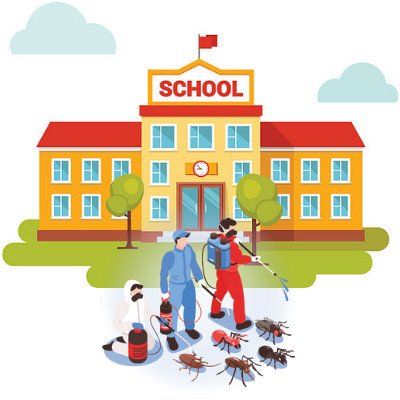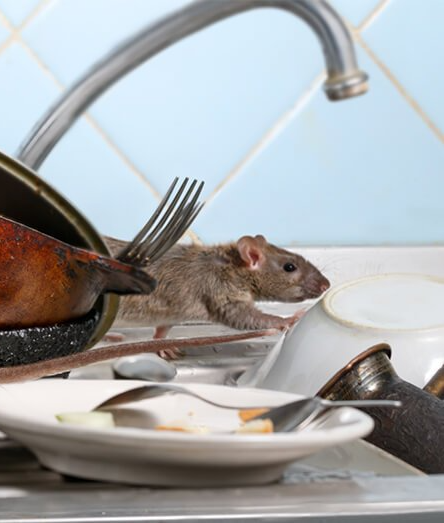How to Develop an Effective Pest Control Policy for Schools
In this article, we'll outline the key components of an effective school pest control policy. We'll also provide some tips on how to implement and enforce your policy. So read on, and learn how to create a pest-free learning environment for your students.
What Is a Pest Control Policy?
There is no one-size-fits-all answer to this question, as the needs of schools vary considerably. However, a pest control policy should generally include the following elements:
- The identification of pests that are a concern, and the procedure for dealing with them
- The identification of areas of the school where pests are likely to be found
- The identification of responsible personnel for implementing the pest control policy
- A plan for regular inspections to ensure that pests are not becoming established
- A protocol for responding to sightings of pests
Why Schools Need a Pest Control Policy
You may be wondering why schools need a pest control policy. While you may not see pests roaming the school premises, that doesn't mean they're not there. In fact, pests can be very discreet and thrive in hidden areas like cracks and crevices in the walls, ceilings, and floors. They can also be present in air ducts and sewers.
And once they're in, they can be very difficult to get rid of. Therefore, it's important to have a pest control policy in place that is proactive in preventing pest infestations, and lays out a plan for how to deal with pests when they're discovered.

What Are the Risks of Not Having a Pest Control Policy?
When it comes to pest control, schools need to be proactive, not reactive. The risks of not having a pest control policy in place are numerous and can be costly for both the school and the students. For starters, pests can cause health problems.
They can spread diseases and contaminate food, which can lead to serious illnesses in students and staff. In extreme cases, pests can even lead to structural damage and fires.
In addition to the health and safety risks, there are also financial risks to consider. Schools can face hefty fines for not having a pest control policy in place, not to mention the cost of repairs (or worse) when a pest infestation does occur.
It's clear that having a pest control policy is critical for any school. The key is to develop a policy that is effective and tailored to your specific school's needs.
How to Develop an Effective Pest Control Policy
1. Assess the needs of your school. What kind of pests are you dealing with? How many are there? What areas are they concentrated in? Answering these questions will help you determine the scope of your pest control policy.
2. Develop a plan of action. Once you know what you're dealing with, you can develop a plan of action.
3. Put it in writing. A written pest control policy is important for two reasons: first, it ensures that everyone is on the same page; and second, it provides a reference point for future actions.
4. Train your staff. Once your policy is in place, make sure your staff is trained on how to implement it. This will help ensure that your school is pest-free.
It's important to have a pest control policy in place that is proactive in preventing pest infestations, and lays out a plan for how to deal with pests when they're discovered. Creating a pest control policy is an important step in protecting your school from the dangers posed by pests.
For help dealing with any pest issues you may be having, get in touch with our experts below...








